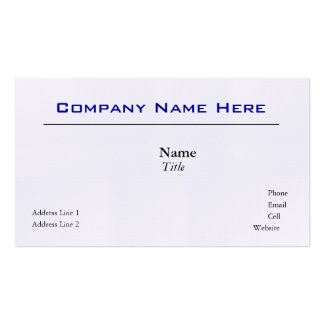With the recent news about Expedia’s potential negative SEO woes, a lot of companies have become paranoid about suffering the same fate. Negative SEO is a nasty business built with devious schemes to convince search engines to punish competitor sites, and many marketers suddenly feel powerless in ensuring it will never happen to them.
While it’s evident negative SEO can be a problem for some, it’s easier than you may think to stay protected. Negative SEO is a very hazardous endeavor. Any reputable company would never dream of sailing these seas. If and when perpetrators are discovered, it’s a death sentence in the eyes of Google and their counterparts. Yet since the problem still persists, there are a few core things you can do to ensure you are not an easy target.
Demystifying Negative SEO
Negative SEO takes many forms, and each cause a varying degree of damage. The policies most often employed include the following:
- Buying links, then pointing them at a competitor’s site in an effort to negatively affect their rankings
- Review bombing, which involves generating a slew of 5-star reviews for a business. This can make it seem like the brand paid for the fake feedback.
- Hacking a website to thwart existing organic SEO efforts.
- Reporting a competitor’s black hat SEO procedures.
Why Negative SEO is Risky Business
Before you get too concerned about being a target for these malicious attempts, it’s important to understand the inherent dangers of launching an attack. Google is also aware of the propensity for competitors to engage in these behaviors, and has implemented some safety measures. So before your paranoia reaches any level of panic, consider the following:
- Your best defense is a good offense. Meaning, focus on your own brand strength and SEO efforts, and you’ll be much harder to affect. Companies with a strong domain authority are far less vulnerable to negative SEO.
- If you are hit with any form of an attack, Google is aces at reviewing and identifying these infractions, and they often help businesses recover in a hurry.
- It’s so risky to launch a negative SEO campaign, virtually no legitimate businesses attempt it.
How to Keep Your Sites Safe
In addition to maintaining solid organic SEO tactics, there are many steps you can do proactively to keep your website safe and secure. Consider the following negative SEO maneuvers, and the counteracting strategies:
- Backlinks and reviews are the most susceptible elements to negative SEO. Keep your eyes firmly planted on your metrics and identify any oddities as they occur.
- Paid links are a major no-no for Google, and a common tactic for negative SEO. If you are dinged by the search giant and are not at fault, comply with their requests and rectify things as quickly as possible. Then issue a reconsideration request, citing links over which you have no control. Chances are very good that Google will not hold you accountable.
- Use the “report a problem” link at the bottom of any reviews that you feel are generated falsely. This means you need to stay on top of feedback about your site on a regular basis.
- Content can often be scraped before it is indexed, giving authority to someone else for your content. To prevent this, keep your sitemaps current and re-submit it each time you publish new content. Using rel=canonical tags also help you secure your rightful authority over published pages.
- The sneakiest negative tactic involves writing to your legitimate links and requesting removal. Folks can pose as the owner of the content, citing copyright infringement for the link share, rendering your external connections obsolete. This is admittedly tough to thwart, but the best way to do so is to have some sort of a relationship with the site owner. If you do receive a link, reach out with gratitude; even the smallest of communications can raise a red flag if someone suddenly asks for that link to be removed.
- Keep very, very close tabs on your external links and watch for unnatural links. Luckily, Google makes this easy. In Google Webmaster Tools, click on “Search Traffic”, then “Links to Your Site.” This will show you a complete list of inbound links. Select “More” beneath “Who links the most” and you’ll see the top domains that are sending you traffic. If you have spammy links, they will most certainly show up in this report.
Not only will a dedicated watch on metrics help catch any negative SEO tactics early-on, it’s standard procedure to ensure all your campaigns and efforts are truly succeeding. Thankfully, there are many tools and apps to aid you in this cause. A monthly sweep is sufficient, but don’t do it any less frequently. And if you haven’t gone through your SEO metrics lately, now would be a good time to start.
Have you been a victim of a negative SEO campaign? If so, how did you deal with it? Let us know in the Comments section.
__________________________________







No comments:
Post a Comment